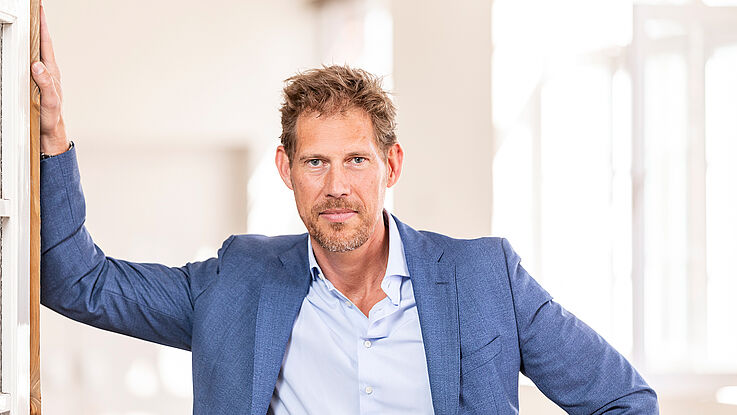Effective communication for better decisions
"To make your communication more effective, it is important to know both your own communication style and that of others," says international coach Roel Schaart. Questions that arise in this context include how to ensure you understand your own and your counterpart's communication style, and how to adapt your communication to be more effective.
Often, no tests at all or the wrong tests on communication are used when hiring new employees, as Roel Schaart explains: "When you calculate the waste of investment in one-sided tests, unproven assessments, and unsuccessful hiring processes, you will be shocked." Research from the U.S. Department of Labor, "The Undercover Recruiter," and "CareerBuilder" finds that bad hires cost $240,000 in recruitment, compensation, and retention expenses, can amount to as much as 30% of an employee's first-year earnings, and about 74% of companies admit losing an average of $14,900 per bad hire.
"It's important to get to the bottom of communication. Some coaching tools are used as a foundation in coaching, hiring and staff development. However, most of them are not holistic, nor do they help in the change process, nor do they have a real scientific basis," says Schaart. Through his international experience and his more than 6,000 coaching hours, Roel Schaart has identified 5 science-based tools that increase the success rate many times over when hiring new employees. "The range of tools that can be used is wide and there is no ultimate tool that fits all. The holistic approach to understanding the different aspects of a person is offered by the five main assessments: DISC, Motivators, Critical Thinking (based on the Hartman Value Profile), Emotional Intelligence, and Learning Styles, a method for determining how a person learns, retains, retrieves, and applies information," Roel Schaart adds.
Evidence based coaching solutions support the communication process, especially in hiring and business growth, and help to identify and improve one's own communication style.
« Back